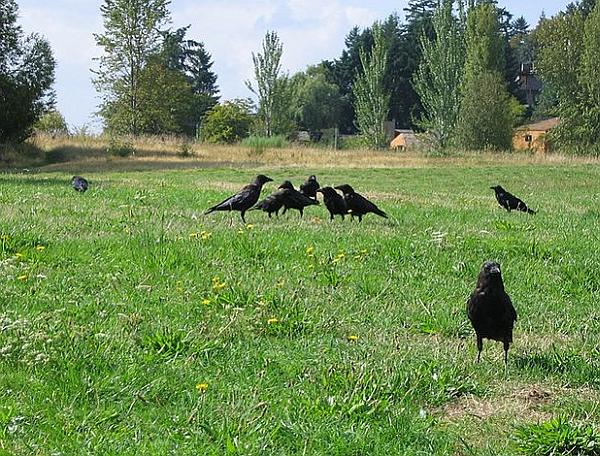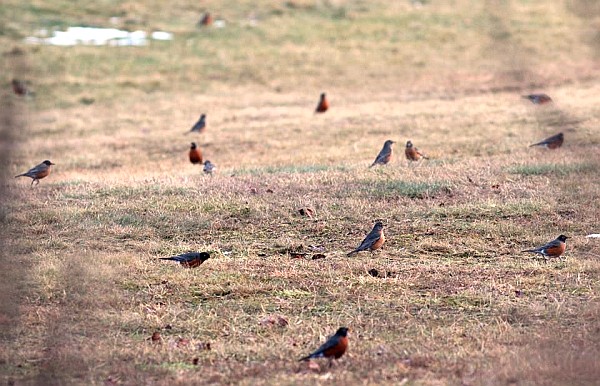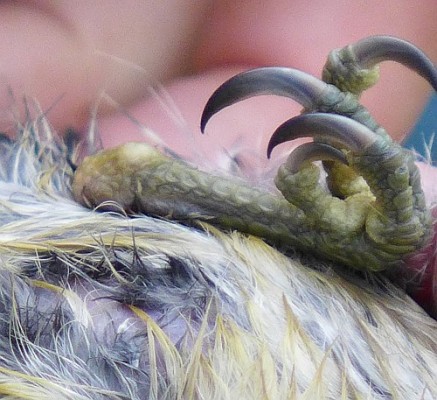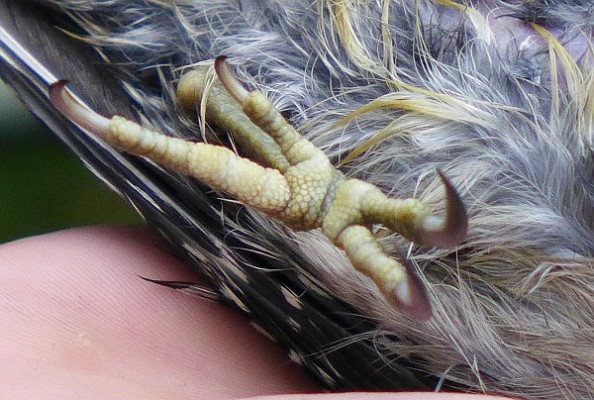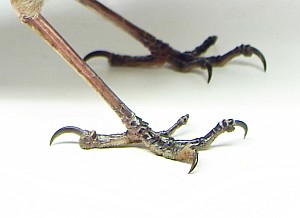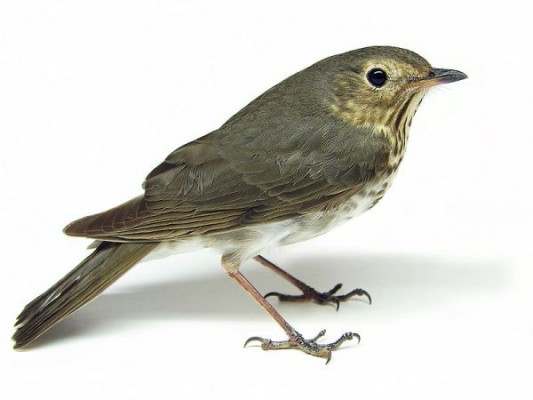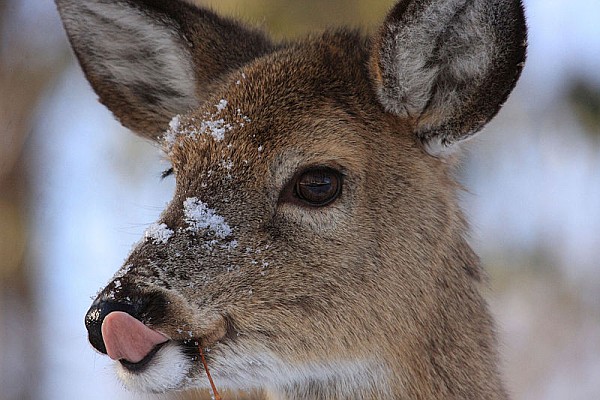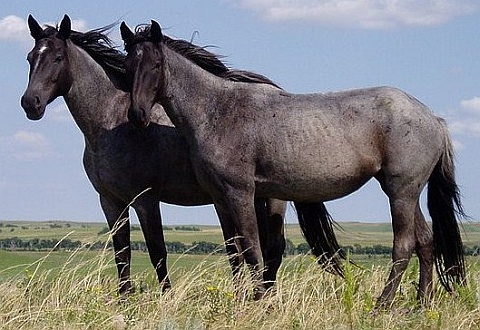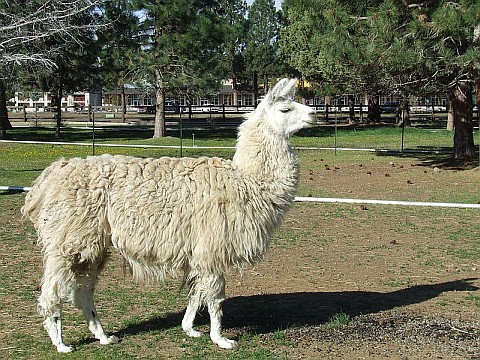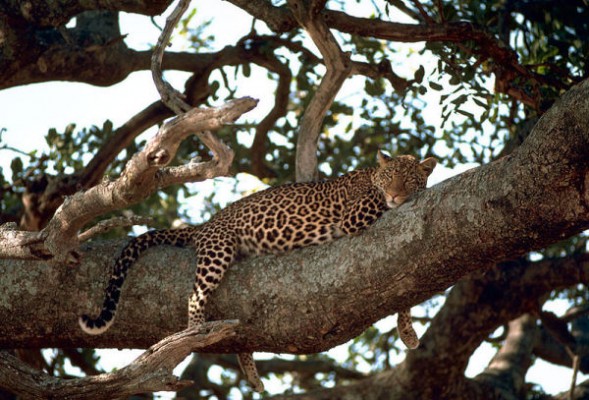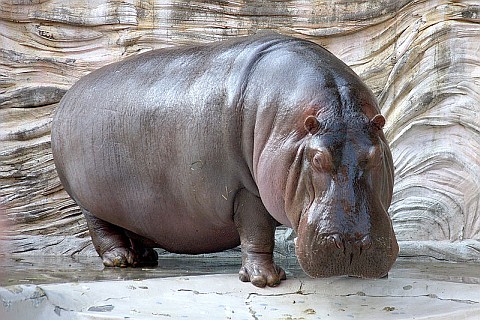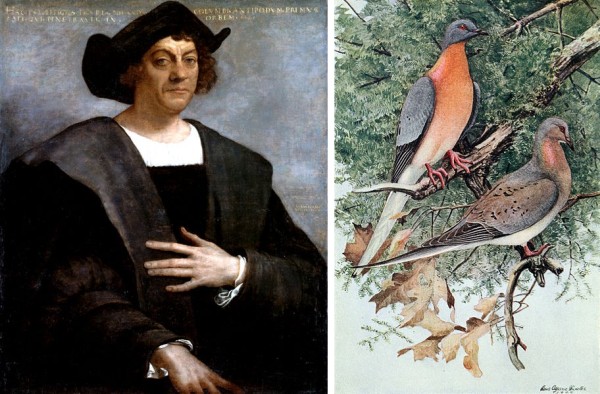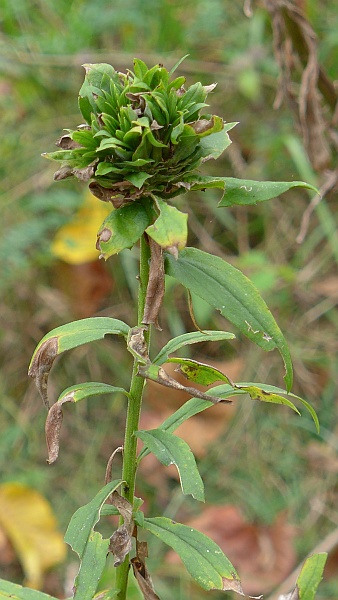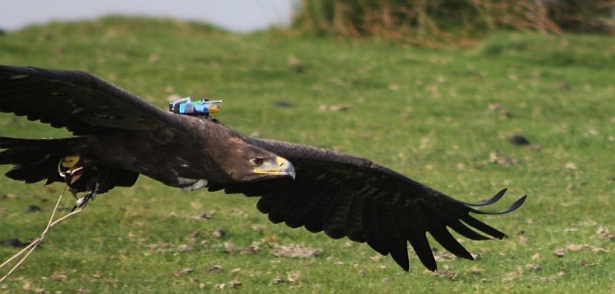
21 October 2014
Ever since we invented airplanes engineers have wondered how birds can withstand gusty turbulence that our light aircraft cannot.
To find out, researchers from Oxford University’s Department of Zoology fitted a captive steppe eagle (Aquila nipalensis) with a flight data recorder. Steppe eagles are large, similar to our golden eagle, so the 75g black box was not a burden for ‘Cossack.’
As he flew at Brecon Beacons, Wales researchers filmed Cossack’s maneuvers, then tied the video to the recorded airspeed, acceleration, rotation rate, and GPS location.
Oxford reports, “An analysis of data from 45 flights revealed that in windy conditions the eagle would collapse its wings in response to particularly strong gusts rather than hold them out stiffly as an aircraft would. During these ‘wing tucks’, the bird’s wings were briefly (for around 0.35 seconds) folded beneath its body so that it was effectively ‘falling’. The results suggest that these ‘wing tucks’ may occur up to three times a minute in some conditions.”
Professor Graham Taylor said, “We think that, rather like the suspension on a car, birds use this technique to damp the potentially damaging jolting caused by turbulence.”
Have you seen large birds do this? I have, but I didn’t realize what it was. I know, for instance, that turkey vultures hate to flap but I’ve seen them crest a hill and suddenly tuck their wings. Aha! They probably encountered turbulence.
See raptors tuck their wings and, in November, golden eagles at the Allegheny Front Hawk Watch. If you’d like a guided tour to the Allegheny Front sign up for the National Aviary’s November 1 bus trip.
For more on this study see the Journal of the Royal Society Interface.
(photo of ‘Cossack’ by Graham Taylor, Creative Commons license. Click on the image to see the original article and image at Science Daily)
